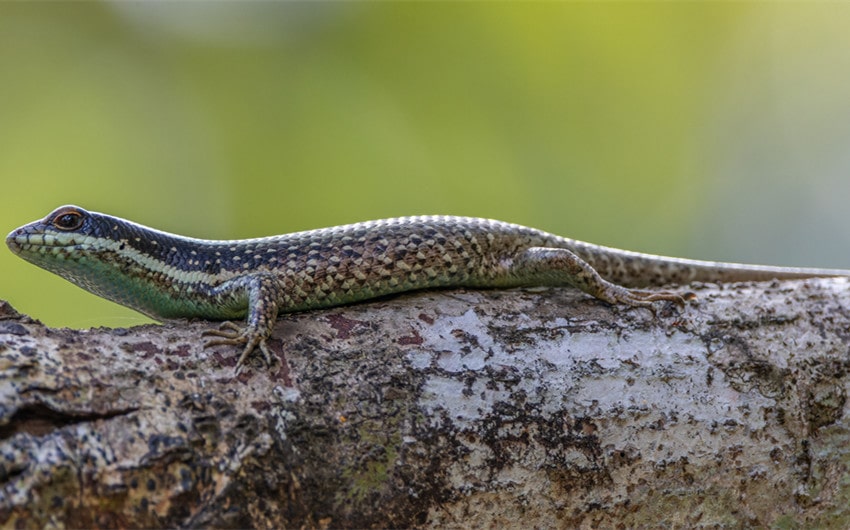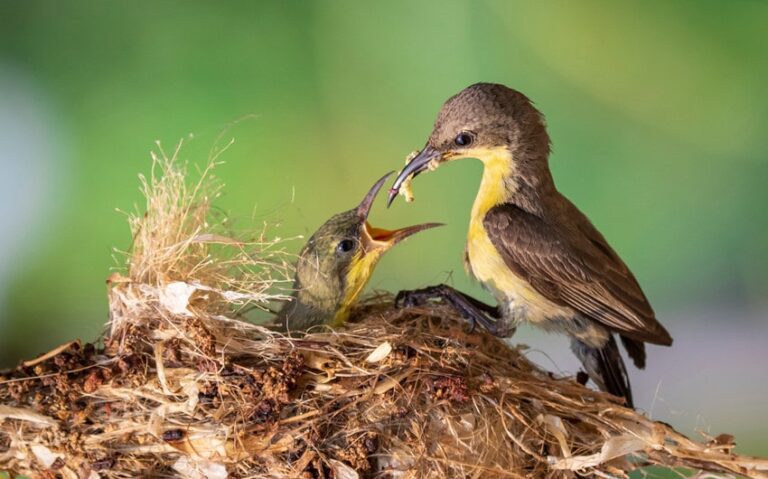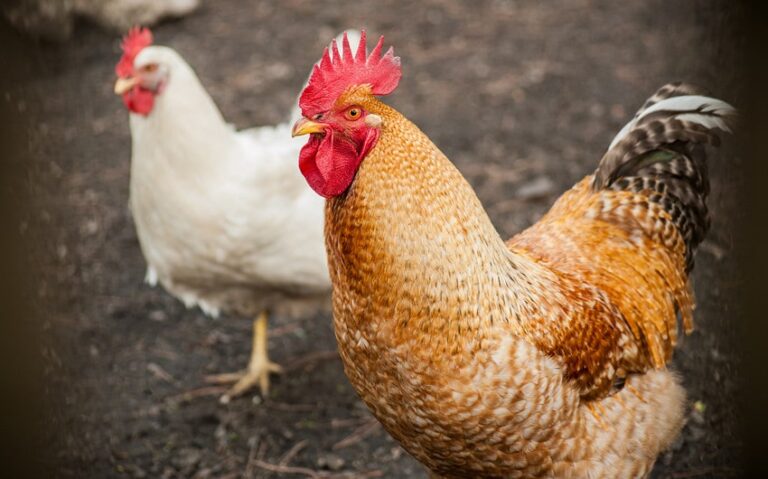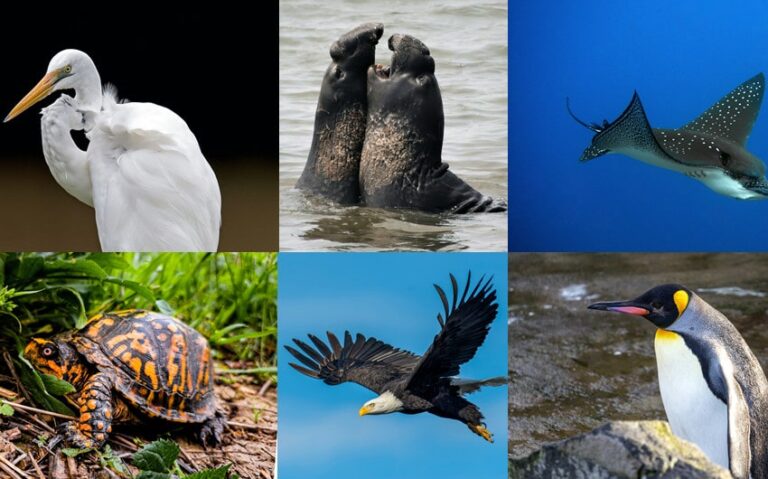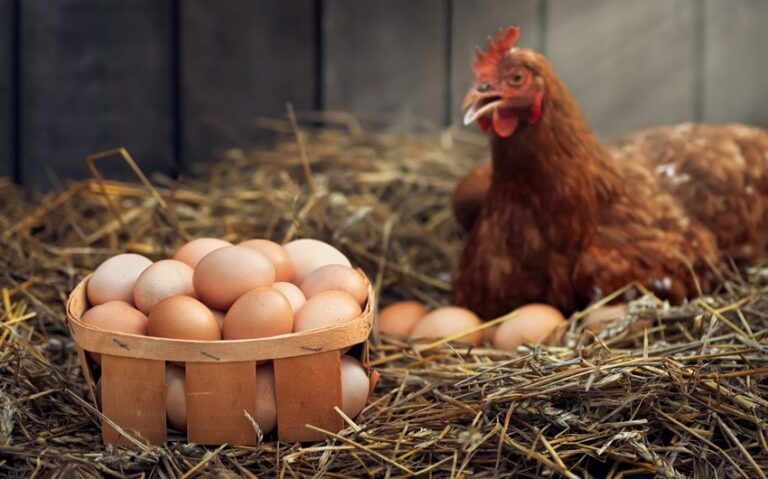Are Skinks Poisonous? Learn the Facts About These Lizards
Skinks are common in gardens, parks, and even homes, often catching the eye with their sleek bodies and quick movements. But seeing one might raise a question: are skinks poisonous? It’s a concern many have, especially when these little lizards are so often found near where we live and play.
In this article, we’ll explore whether skinks pose any danger to humans or pets, and what you should know if you encounter one in your space. Understanding the truth about skinks can help put your mind at ease and allow you to appreciate these fascinating creatures.
Understanding Skinks
Skinks belong to the family Scincidae, one of the most diverse and widespread families of lizards. They are found on nearly every continent, thriving in a variety of climates and ecosystems, from tropical rainforests to arid deserts.
Skinks are easily recognized by their sleek, elongated bodies, short legs, and smooth, shiny scales, which give them a somewhat snake-like appearance. This body shape allows them to move quickly and efficiently through their environments, whether they are burrowing in the ground, slipping through dense underbrush, or darting across open spaces.
One of the defining characteristics of skinks is their adaptability. They have evolved to occupy a wide range of ecological niches, and their physical features reflect this diversity. Some skinks have developed reduced limbs or are entirely limbless, resembling snakes, while others have robust limbs that allow them to climb or dig effectively. Their diet is equally varied, with most skinks being omnivorous, feeding on a diet that includes insects, small invertebrates, fruits, and plants.
Are Skinks Poisonous?
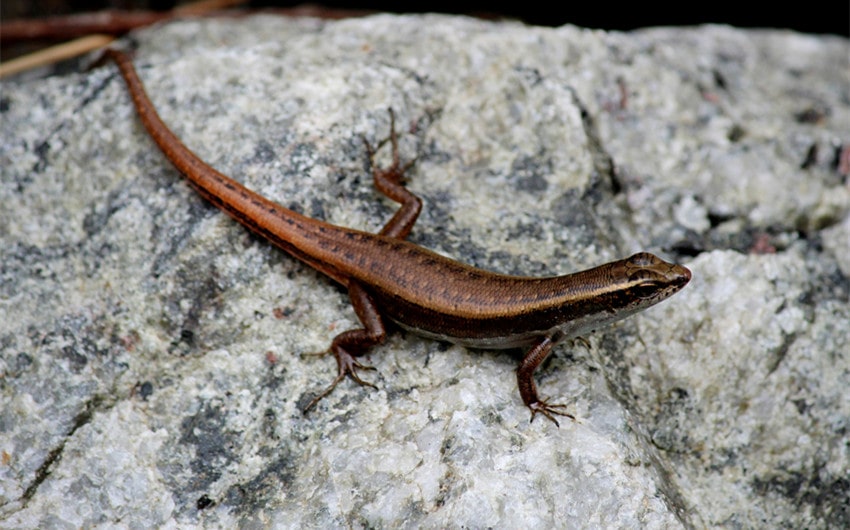
The question of whether skinks are poisonous is a common one, often arising from a combination of myth, misunderstanding, and the natural caution many people have toward reptiles. To answer this question, it’s important to clarify what is meant by “poisonous” and to explore the biological characteristics of skinks in relation to toxicity.
A. Clarifying the Term “Poisonous”
First, it’s essential to differentiate between the terms “poisonous” and “venomous,” as they are often confused. An animal is considered poisonous if it is harmful to eat or touch due to toxins present in its body. In contrast, a venomous animal injects venom into another organism through a bite, sting, or other specialized mechanism.
For example, a poison dart frog is poisonous because it secretes toxins through its skin that can be harmful if ingested or touched. A rattlesnake, on the other hand, is venomous because it delivers venom through its fangs when it bites.
When people ask if skinks are poisonous, they are usually concerned about whether these lizards can cause harm through direct contact or if they pose a danger if accidentally ingested by humans or pets. Understanding this distinction helps clarify the nature of any potential risks associated with skinks.
B. Skinks and Toxicity
Skinks, as a group, are neither poisonous nor venomous. They do not possess toxins that can harm humans or animals through touch or ingestion. Unlike some amphibians, which may secrete toxins as a defense mechanism, skinks have no such chemical defenses. If a person or animal were to come into contact with a skink, there would be no risk of poisoning from handling or ingesting the lizard.
There are, however, a few considerations to keep in mind regarding skinks and their interactions with other animals:
-
Predation and Defense Mechanisms
While skinks are not poisonous, they have developed various other defense mechanisms to protect themselves from predators. One of the most common is their ability to shed their tail when threatened, a process known as autotomy.
The detached tail continues to wiggle, distracting the predator and allowing the skink to escape. The tail will eventually regrow, though it may not look exactly like the original. This ability to lose and regenerate their tails is a purely physical defense and does not involve the use of toxins.
-
Skinks and Pets
A common concern is whether skinks pose any threat to household pets, particularly cats and dogs. While skinks are not poisonous, it is possible for pets to catch and eat them, especially if the skinks are common in your area. If a pet consumes a skink, there is no inherent risk of poisoning.
However, as with any wild animal, there is a small chance of gastrointestinal upset due to the ingestion of unfamiliar proteins or bacteria. In rare cases, pets might develop mild symptoms such as vomiting or diarrhea after eating a skink, but these symptoms are typically not severe and resolve on their own.
-
Skinks and Human Health
For humans, skinks do not pose any significant health risk. They are generally harmless and can even be beneficial by controlling insect populations around homes and gardens. Skinks are not known to carry diseases that can be transmitted to humans, and their small size and non-aggressive nature mean they are unlikely to cause any injury.
In the rare event that a skink does bite (usually only if provoked and threatened), the bite is typically superficial and not dangerous, given that skinks lack venom or harmful bacteria in their mouths.
What to Do If You Encounter a Skink
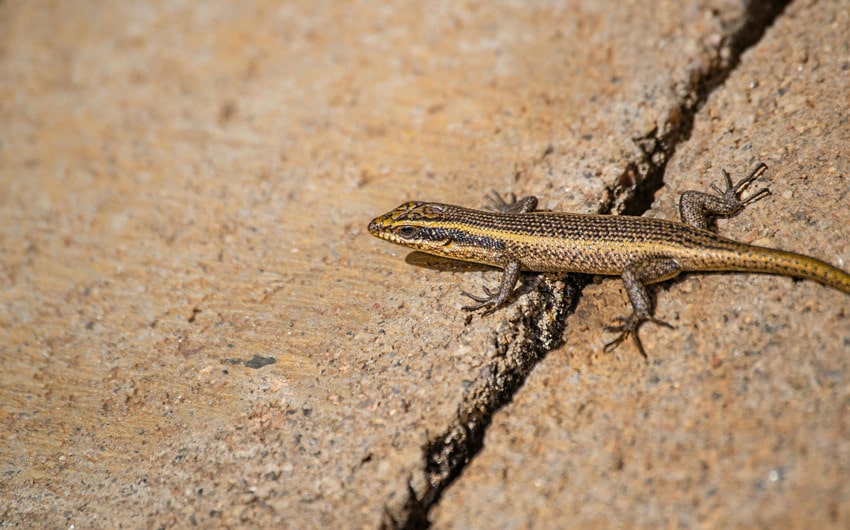
Encountering a skink, whether indoors or outdoors, is usually harmless. Here’s how to handle the situation effectively while ensuring the safety of both you and the skink.
A. Safety Tips
- Stay Calm
Skinks are non-aggressive and more likely to flee than confront you. If the skink is indoors, remember it likely wandered in by accident and is looking for a way out. - Observe from a Distance
If the skink is outdoors, simply observe it. Skinks are beneficial for controlling pests and pose no threat. If indoors, give it space—it may leave on its own. - Encourage the Skink to Leave
Gently guide the skink towards an open door or window using a soft broom or piece of cardboard. Avoid startling it, as sudden movements may cause it to drop its tail. - Handling a Skink
If you need to move the skink, do so gently. Scoop it up with both hands or use a container. Release it outside in a shaded area, away from the house. - Avoid Common Mistakes
Don’t try to grab the skink too quickly, as this can cause stress and tail loss. Avoid using chemicals to remove skinks, as these can be harmful.
B. When to Seek Help
- Injured Skinks
If a skink appears injured, assess the severity. For minor issues, simply release it outside. For more serious injuries, contact a wildlife rehabilitator or vet. - Frequent Indoor Encounters
If skinks are regularly entering your home, inspect and seal entry points. If you’re uncomfortable handling them, contact a humane wildlife removal service. - Pets and Skinks
If your pet catches a skink, remove it and check for injuries. Most pets will be fine if they eat a skink, but monitor them for any signs of upset. - Unusual Species
If you encounter an unfamiliar or exotic skink, it might be an escaped pet. Contact local animal control or a reptile rescue for assistance.

